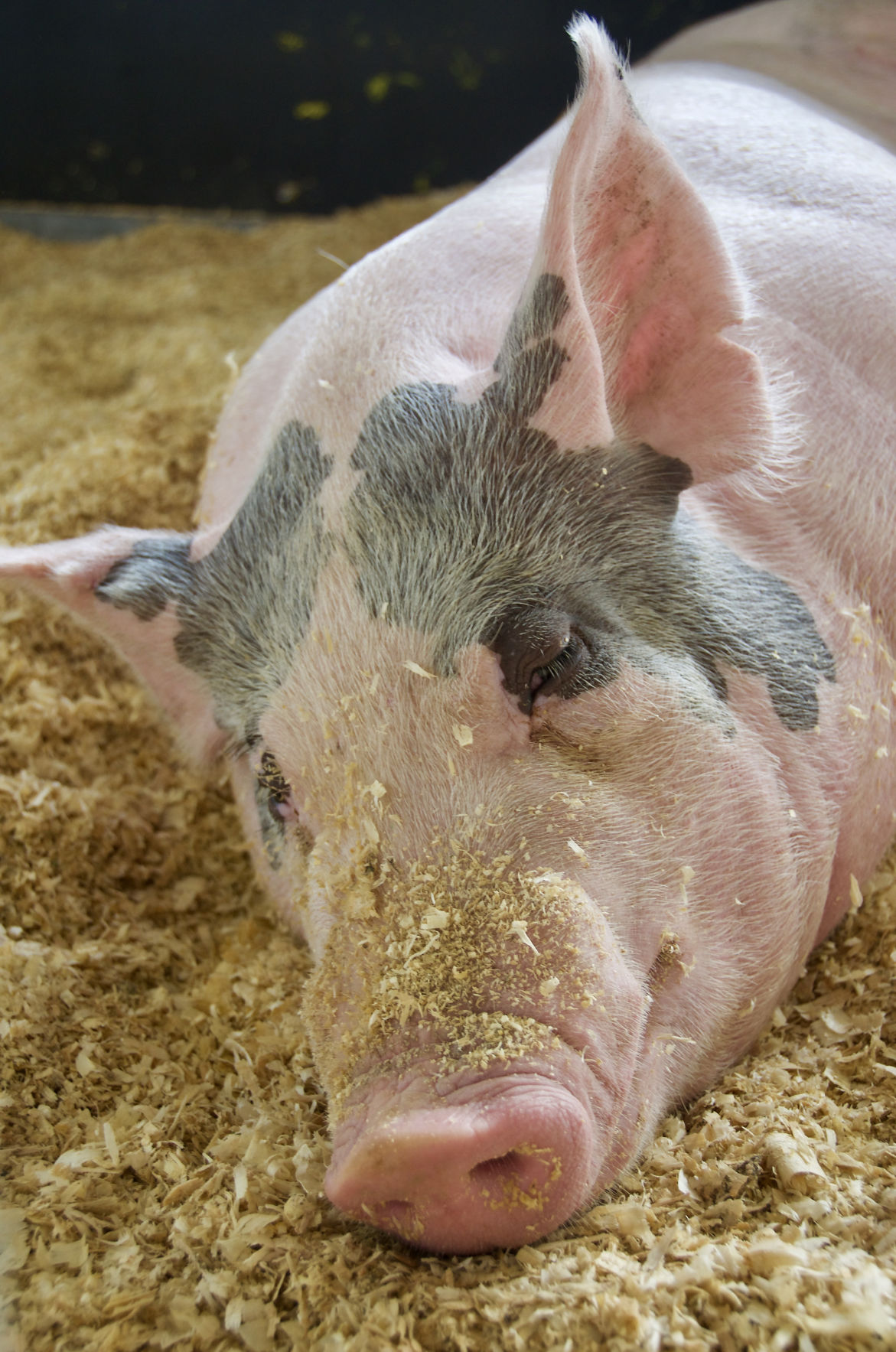The animal agriculture industry is pleased with the establishment of a food-and-mouth disease vaccine bank through the 2018 farm bill.
“The House Agriculture Committee’s work on the 2018 farm bill is a great step in advancing our ability to effectively respond to and prevent animal diseases,” said Lauren Stump, veterinarian and assistant director of government relations for the American Veterinary Medical Association. “We don’t know when the next major outbreak will occur, but it’s of paramount importance that we prepare for when it does.”
Foot-and-mouth disease is an infectious viral disease that affects cloven-hooved animals, including cattle, pigs and sheep; it is not a food safety or human health threat. Although the disease was last detected in the United States in 1929, it is endemic in many parts of the world.
“This is a great first step for the livestock industry,” said Jim Heimerl, National Pork Producers Council president, who is a pork producer from Johnstown, Ohio, and chairman of NPPC’s Farm Bill Policy Task Force. “Right now, we’re ill-prepared to deal with an FMD outbreak, which would be devastating for pork producers and other sectors of agriculture.”
The farm bill calls for first-year mandatory funding of $150 million for the vaccine bank, $70 million in block grants to the states for disease prevention and $30 million for the National Animal Health Laboratory Network, which provides diagnostic support to assist in managing diseases in the United States. It includes $30 million in mandatory funding for state block grants and $20 million to be used at the agriculture secretary’s discretion for the vaccine bank, for the other years of the 5-year farm bill.
NPPC is urging lawmakers to provide annual funding of $150 million for the vaccine bank, $70 million for state block grants and $30 million for the NAHLN over the life of the farm bill.
The U.S. has an FMD vaccine bank held at Plum Island, New York, as the vaccine cannot be manufactured using live virus on the mainland. The current bank is held as a vaccine antigen concentrate, according to Liz Wagstrom, chief veterinarian for the National Pork Producers Council.
“We are asking for $150 million per year for the life of the farm bill, but look at it as protecting an animal industry that produces hundreds of billions of dollars in income every year,” Wagstrom said. “We know it’s not inexpensive, but we also know the importance of having a vaccine available in the case of an outbreak in the U.S.”
The economic impact of such a disease would be dramatic, based on research done by Iowa State University economist Dermot Hayes. His work shows a loss of over $200 billion in the beef, pork, corn, soybean and poultry industries over a 10-year period if FMD were detected in the U.S. The estimate includes export values, value of livestock and feed inputs and lost jobs.
“We appreciate the committee authorizing the Foot and Mouth Disease vaccine bank, which is vitally important to the safety of our industry. However, we were hopeful for full funding levels, which this bill does not provide in years two through five. We’ll continue fighting to secure that funding through all possible avenues,” said Kevin Kester, National Cattlemen’s Beef Association president.
“We must take a proactive approach to animal health so we can stop animal diseases before they spread. We’re looking forward to continuing our work with Congress to help lawmakers pass a farm bill that achieves these goals to protect animal agriculture and access to safe and nutritious animal protein,” Stump said.
The House Agriculture Committee has passed its markup of the farm bill on a party line vote. It is expected to reach the floor of the House the week of May 15. The Senate Agriculture Committee has yet to announce a date for a markup of its version of the bill.
Jennifer Carrico can be reached at 515-833-2120 or [email protected].



